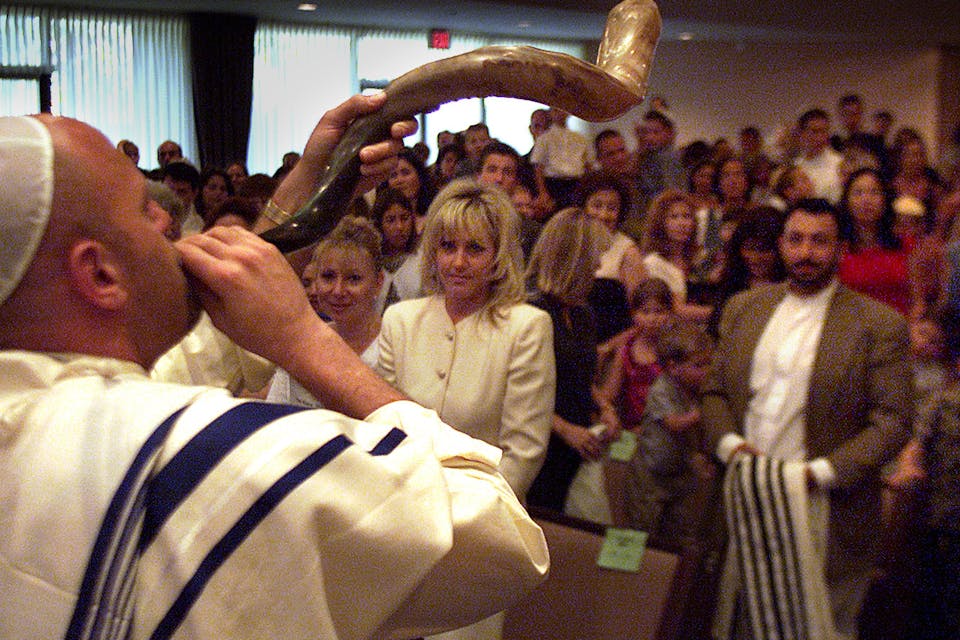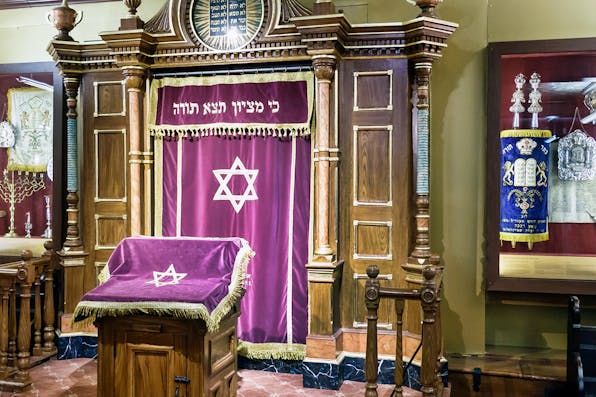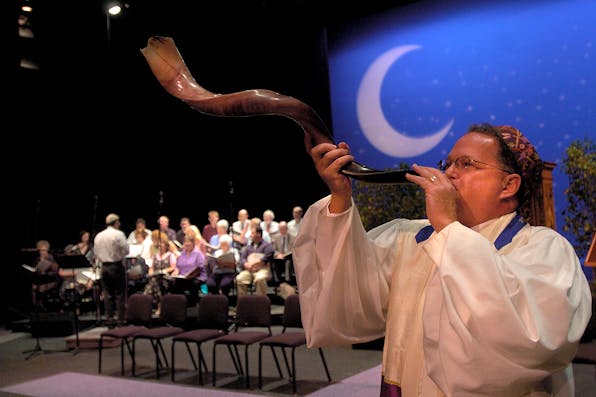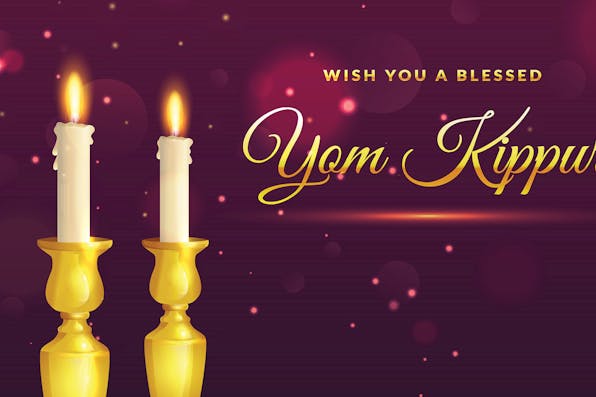
October 3, 2018
American Jews: Doomed to a Thin Culture with No Future?
To avoid that fate, rabbis and synagogues might begin by acknowledging where and how Judaism differs, and proceed from there.
My thanks to Lawrence A. Hoffman, Elliot Cosgrove, and Christine Rosen for their thoughtful responses to my essay, “The New High Holy Days.” My comments here proceed in reverse order of the responses’ sequential appearance in Mosaic.
Writing as an outsider, albeit one who has attended Jewish High Holy Day services and has written extensively on religious life in America, Christine Rosen offers a valuable comparative framework. As she notes at the outset, the phenomenon of once-a-year Jews has its counterparts among so-called “C&E Christians” or “Chreasters.”
The similarities don’t end there. Churches of various types have introduced many of the same approaches to worship as have synagogues. Music, including instrumental music, has become a staple; the choreography of services is carefully thought out in advance; and much attention is paid to hospitality and to welcoming diverse populations. And, writes Rosen, there are also strong parallels in the language and “messaging” offered in these different houses of worship. A general American style of service has emerged—a style incidentally to be encountered in Western Europe as well.
Responses to September ’s Essay

September 2018
What’s Wrong with Nostalgia for Judaism’s “Millennia-Long Tradition”
By Lawrence A. Hoffman
September 2018
Jack Wertheimer’s Critique of American Synagogues is On-Target—and Woefully Off
By Elliot Cosgrove
September 2018
The Price of Modernizing the High Holy Days
By Christine Rosen
September 2018
American Jews: Doomed to a Thin Culture with No Future?
By Jack Wertheimer